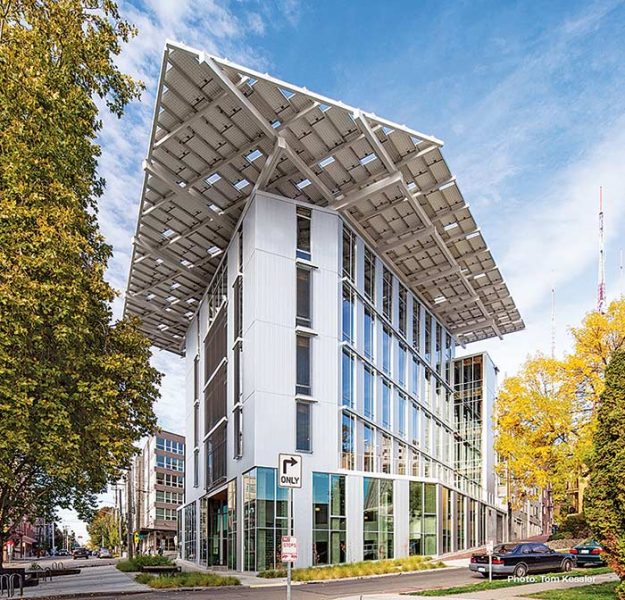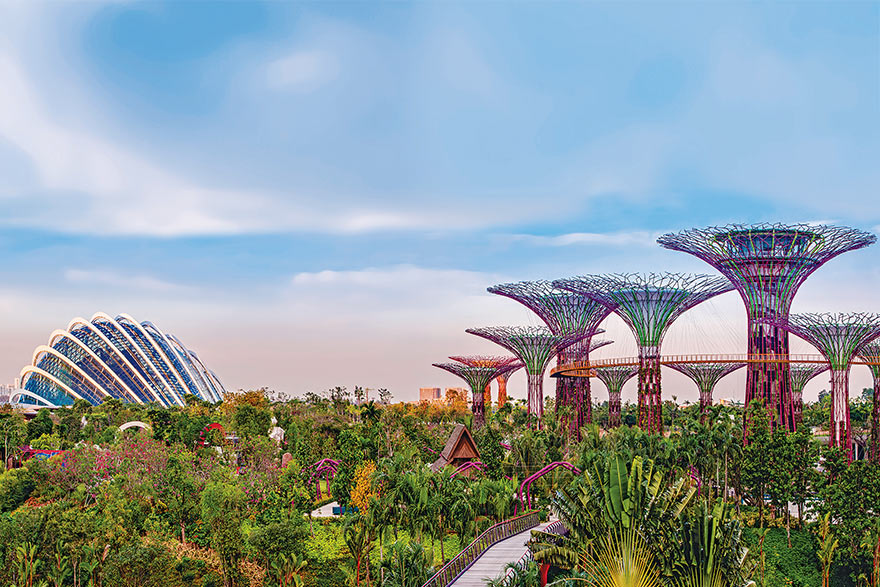Sustainable lifestyles improve the quality of our lives, protect our ecosystem, and preserve our natural resources for future generations. A holistic approach to sustainability in the corporate world involves considering everything from manufacturing to logistics to customer service. By adopting green and sustainable strategies, the company maximizes both its short-term and longterm environmental benefits.
Today, sustainable design is the essence of architectural design. The mission is to improve health, welfare, and safety in any way possible. The goal of designers should be to find ways to save energy and improve the life cycle. As a part of this plan, one aims to reduce the overall life cycle costs of buildings and structures.
Using sustainable building materials aims towards cost reduction, better use of materials, and waste minimisation, with enhanced quality of life ensuring a productive working environment. As one enters one of the most significant talent crises the world has seen, it is also necessary to look at sustainable practices as a differentiator. Looking beyond access to daylight and green materials, one should also look into exciting and intensely green trends embedded into the design and culture. Here are some of the best most efficient buildings to mark new architectural trends.
MANITOBA HYDRO PLACE, WINNIPEG, MANITOBA, CANADA
Architects: Kuwabara Payne McKenna Blumberg Architects
Serving as an office tower, Manitoba Hydro Place uses 70% less energy than a comparable office building of conventional design. The building features active and passive systems, such as south-facing winter gardens, a solar chimney, and programmable lighting. Working in harmony these systems make the most of the surrounding environment and natural processes.

MUSEUM OF TOMORROW, RIO DE JANEIRO, BRAZIL
Architect: Santiago Calatrava
Amongst others, the building’s sustainability features include channelling water from the Guanabara bay to regulate the temperature inside the building and supply water for the Museum’s surrounding reflecting pools as well as mobile PV solar panels which can be adjusted depending on the sun’s rays throughout the day.
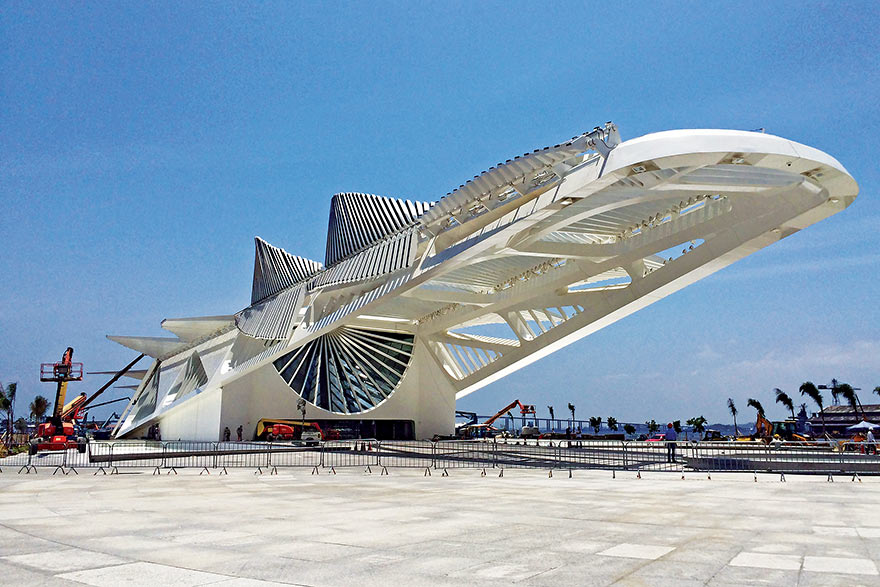
VERTICAL FOREST, MILAN, ITALY
Architects: Boeri Studio
The residential building consists of a plant-based facade that, unlike others built with materials such as steel or glass, does not reflect the sun’s rays but filters them by creating a welcoming humidity-regulated internal microclimate without harmful effects on the environment.
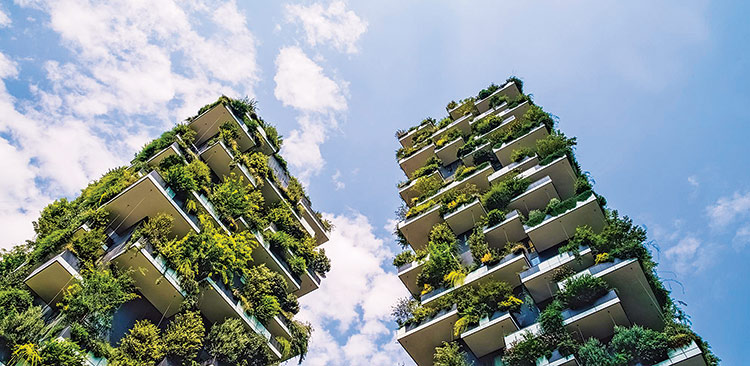
PIXEL BUILDING, MELBOURNE, AUSTRALIA
Architects: Studio 505
The first office building with zero carbon emissions, Pixel consists of a rooftop clad with both fixed and mobile PV panels as well as vertical wind turbines. What’s more, is that the building was built using uniquely designed concrete that contains half of the embodied carbon traditional concrete has while keeping the same architectural features.
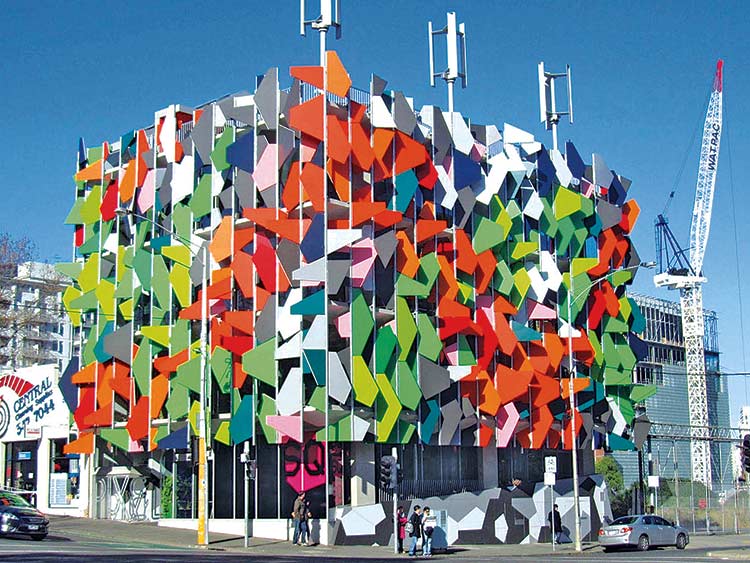
SANKO HEADQUARTERS, ISTANBUL, TURKEY
Architects: RMJM Milano
The building will host offices, meeting rooms but also a restaurant and an auditorium. Its sustainability features include outside greenery that contrasts solar radiation, making the inside of the building cooler and reducing the need for air conditioning. There is also a void in the atrium that allows for natural light to illuminate the inside of the building, making for reduced use of electricity, most of which is renewable.
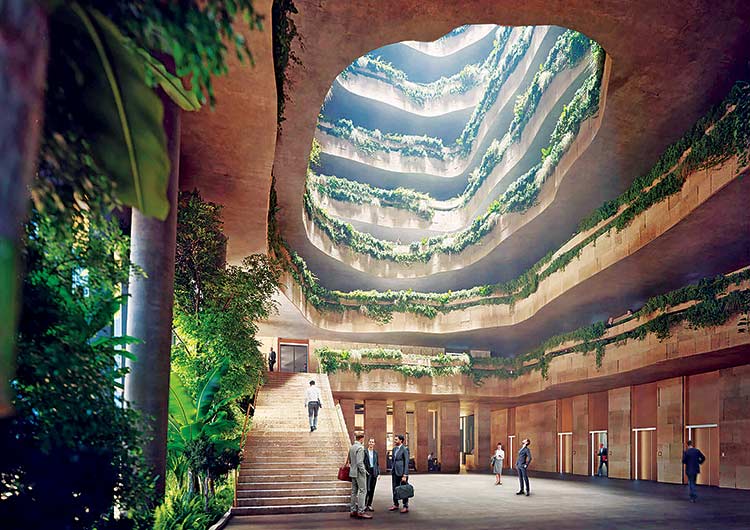
ONE ANGEL SQUARE, MANCHESTER, UK
Architects: 3DReid
The double-skinned facade and open atrium allow for minimisation of heating and cooling tasks as well as natural heating, cooling and lighting of the building. A combined heat and power plant, which runs on rapeseed oil grown on the Co-operatives own lands, devises the building’s own source of heat and power, cutting costs by 75%.
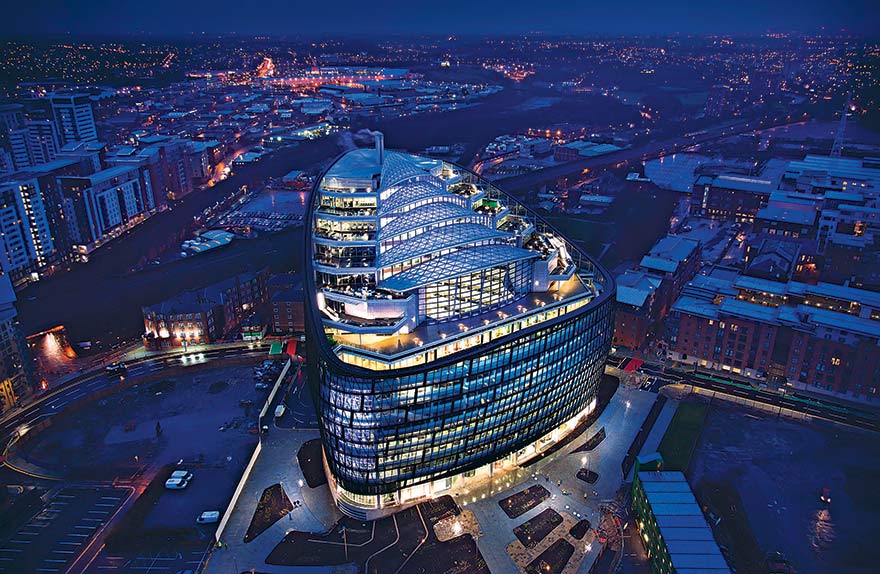
BULLITT CENTER, SEATTLE, WASHINGTON, U.S.
Architects: Miller Hull Partnership
Bullitt Center is the greenest commercial building in the world and its main feature is incorporating all the sustainable features a building can have: net-zero energy, net-zero water, net-zero carbon, composting toilets, toxic-free materials, an enticing stairway and 80% daylighting using high-performance windows. Meaning that 100% of the building’s energy comes from renewable sources.
